Description
This post may contain affiliate links. If you use these links to buy something we earn a commission at no extra cost to you. Powerful Mothering is supported by its audience, thankyou!
When you’re teaching letters to young children they can burn out easily. Especially if you try and overwhelm them with too much at once. Not only can that affect a child’s love of learning in general, but it also isn’t always the best way to teach letter recognition to begin with! Instead, plan out the letter of the week worksheets for your at-home preschool learning.
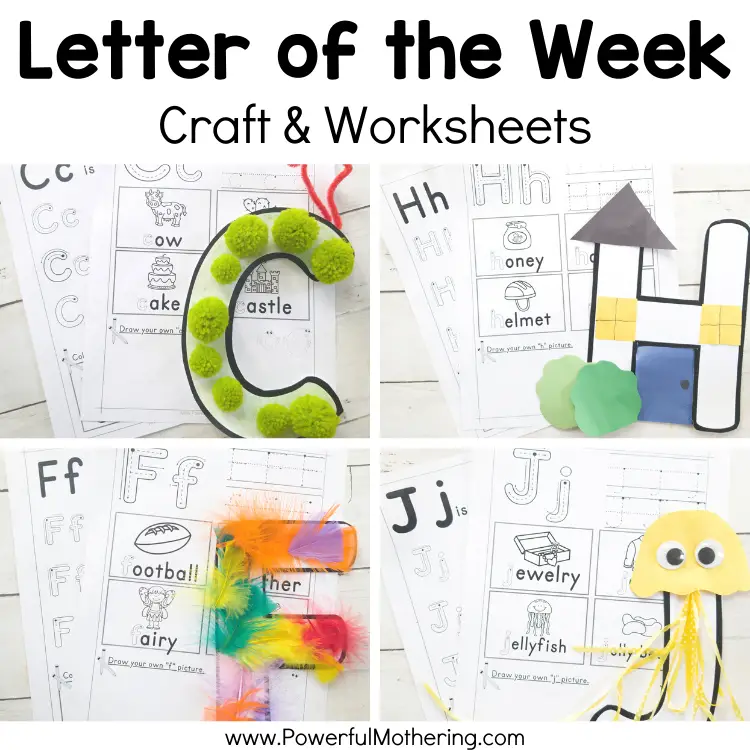
Letter of the week crafts and worksheets
Planning a letter of the weekly schedule is great for homeschool preschool programs, at-home supplements to school learning, or as a fun letter introduction to toddlers. You can pick and choose activities based on your child’s skill level and focus on areas that need work.
It also allows for a slower introduction to letter recognition and letter writing. While you can choose to teach letter recognition in alphabetical order, there are easier ways to introduce the alphabet to young kids.
What order should you teach a child their letters?
When planning out your letter of the week schedule there are better letters to start with first. These are the ones that are easier to write for young children, or that they’re more likely to recognize:
Usually, it’s easiest to start with straight-lined letters first. That’s L, F, E, H, T, and I, in that order. Once your child has mastered those you can move on to the curved letters U, C, O, Q, G, S, J, D, P, B, and R followed finally by ones with slanted lines like K, A, M, N, V, W, X, Y, Z.
Of course, letters on their own don’t have a lot of context for young kids. You could also start with teaching your toddler or preschooler the letters in their name. Another idea is, to begin with, vowels and then work on consonants after.
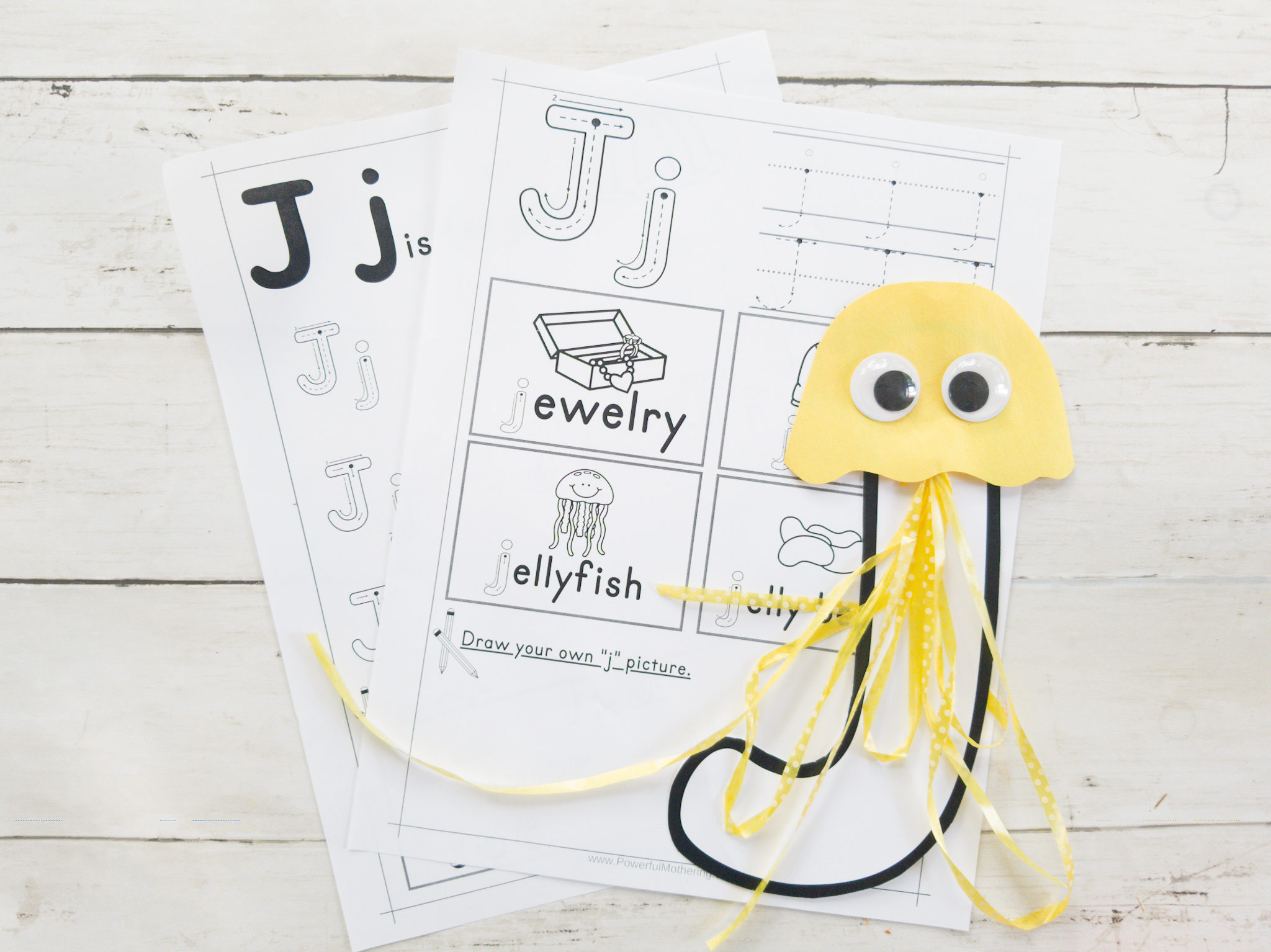
Start with uppercase letters
When you’re just starting to teach kids their letters it’s best to master the uppercase alphabet first. All these letters of the week crafts and worksheets are uppercase letters to support that. The reason we start with uppercase letters is that they’re usually easy to write for young kids, especially with letters like “a” “e” and g”.
How letter crafts can help with letter recognition
Worksheets are helpful, but they can also get boring. Especially if you have a child who’s on the younger side or who isn’t ready to sit and do work yet. By introducing letters as a letter craft you can turn to learn into a fun activity that lets kids be creative.
On top of that, taking the time to do a letter craft also means your toddler or preschooler will be spending more time with that letter and really focusing on its shape.
Finally, letter crafts are perfect for any age. Pre-writers can still complete them and learn letter recognition even before they’re able to print the letters.
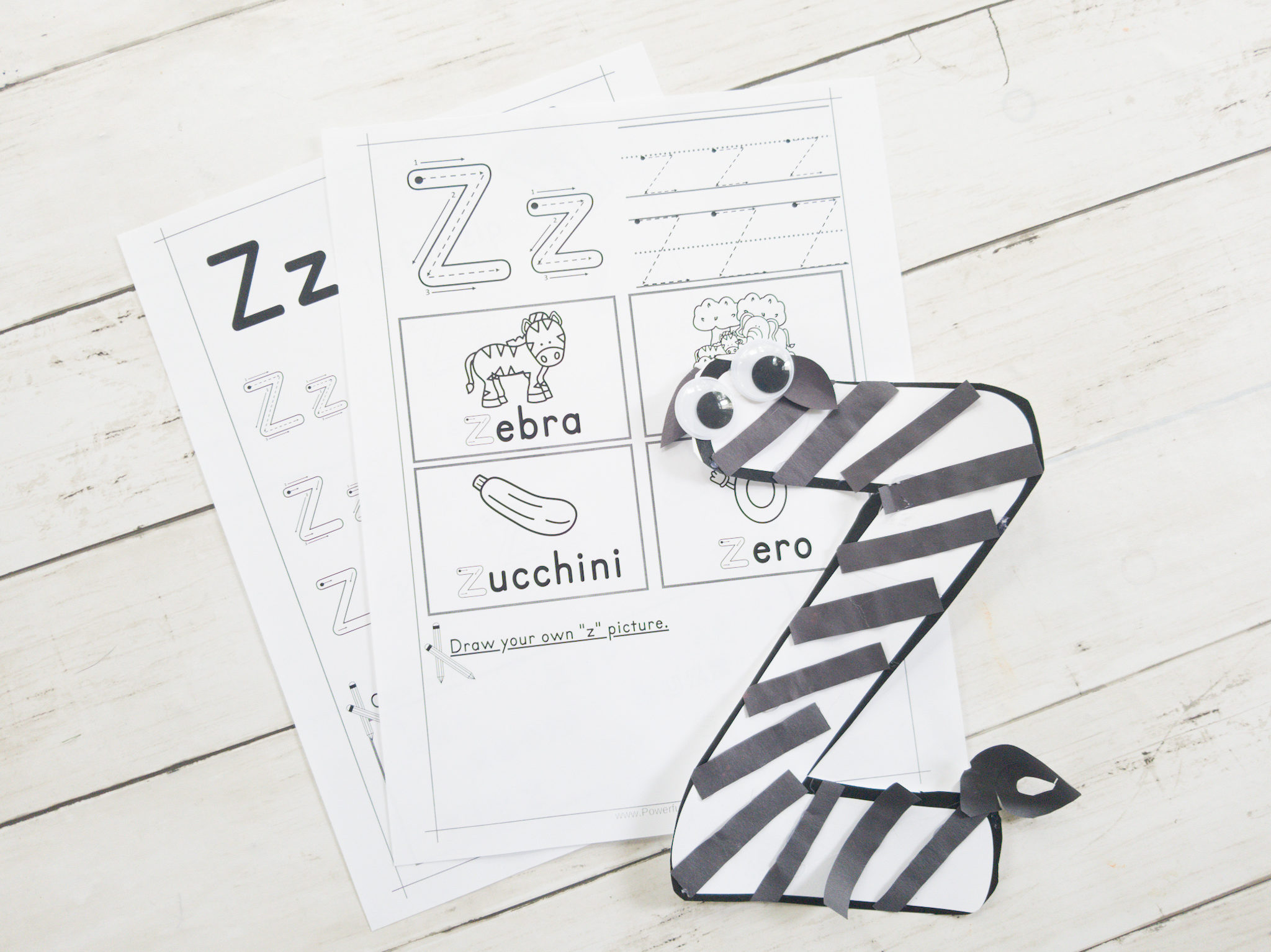
Why doing a ‘letter of the week’ is important
Just like with the crafts, a letter of the week plan is designed to have kids spend a lot of time with just one letter. It takes something that’s overwhelming and breaks it down into more manageable pieces. By focusing on just one letter, you can really work on mastering it before moving on to something else.
Letter of the week also gives more opportunities for enrichment. Instead of just learning the letter shape you can also work on letter sounds and identify things that start with that letter. You’ll also have an easy-to-follow homeschool preschool curriculum for 26 weeks!


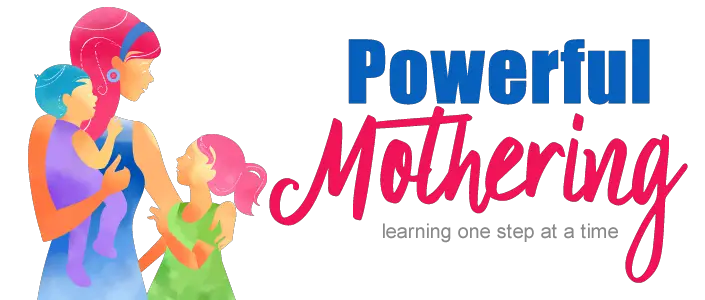



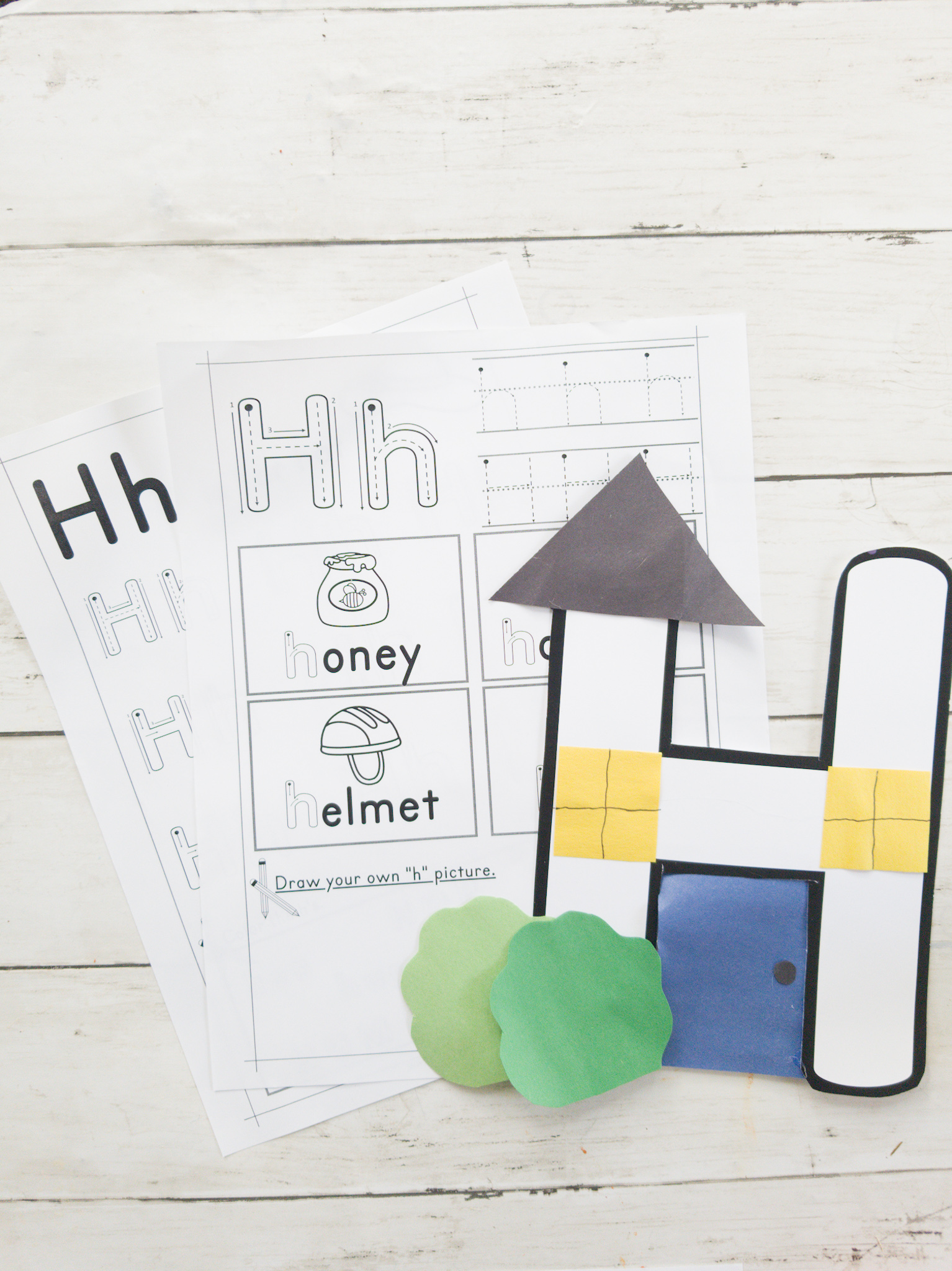
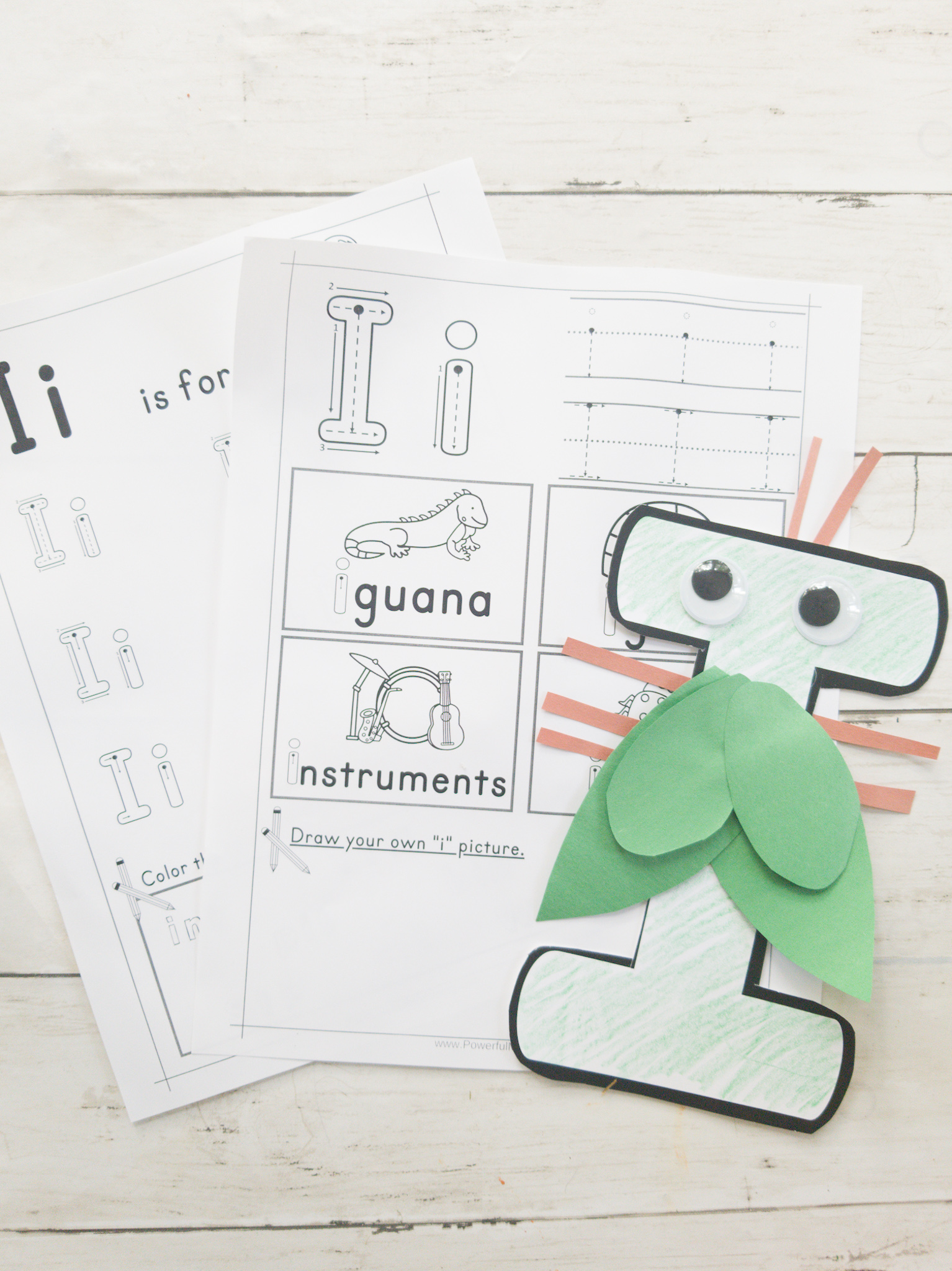
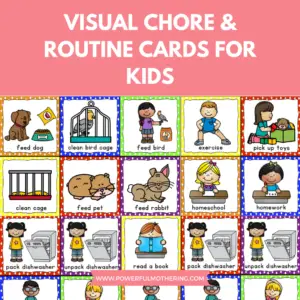

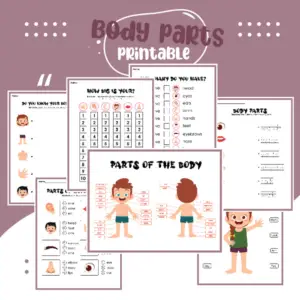


Reviews
There are no reviews yet.